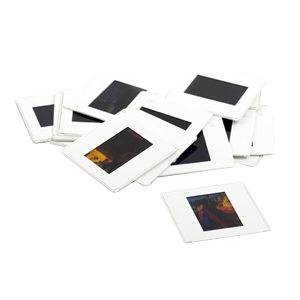Often times, I come across people with all sorts of older-type media, such as VHS tapes and Film, who decide that after all these years, they want to take their family’s media, archive and consolidate it, and even perhaps do some editing to create a fresh new video or compilation to share with loved ones. Many times, people simply have no idea what do to with it or who to give it to.
One simple method I recommend to everyone, is instead of putting that video to DVD, take all that old stuff and put it on a Hard Drive!
With hard drives continuing to evolve as technology moves forward, it will only get easier to transfer your files as time goes on. You may be asking yourself, “What kind of hard drive is the best solution for me and my particular video transfer San Diego project?”
The answer to this, in part, depends on what you are planning to do with the media once it’s on the drive?
If you plan do to some video editing, for instance, you need to make sure you have free space equal or greater than what is currently on the drive. For instance, if you have 250gb of video and plan to do some editing, it is recommended to get a drive with at least 500gb to compensate for renders, clips, snippets, and whatever else you may try along the way.
If editing is way over your head, and you simply want to archive your media onto a hard drive, then you just need to roughly figure out how much space you’re going to use. When video is captured as uncompressed AVI, it typically runs about 13GB per hour of video. You can use this basic rule of thumb to give you a rough idea of what to expect when it comes time to purchase a suitable drive.
There are also a variety of different types of hard drives. Some of the most common drives include flash or thumb drives, portable USB hard drives, and desktop external hard drives.
Flash drives (or thumb drives) are small, portable solid-state memory drives which currently range from a few megabytes to 256GB. They are often referred to as the “new-age floppy disks”, only they are smaller, faster, more durable, and are capable of holding thousands of times more data. These are best for transferring small files between computers, or for people with small San Diego video transfer clips or scanned images.
USB-powered portable hard drives are smaller, portable 2.5″ drives intended for laptop and embedded devices are slightly more expensive in cost per GB compared with larger capacity 3.5″ drives. They do not require an external power source, which can come in handy if traveling or somehow unable to find an electrical outlet.
The standard external hard drive is typically a 3.5″ SATA hard drive in an enclosure with a USB connector. It can hold a great deal of data from a few megabytes to several terabytes. This is great for people with large amounts of data to be transferred.
When it comes time to transfer your family’s old images and video, instead of immediately thinking, “Wow let’s turn this VHS to DVD in San Diego!” It always helps to do a little bit of research and find out the best solution for you.










This Google Money Pro program is a waste of money at best, and/or a financial information phishing method/trojan at worst. Don’t waste your time or money.
I am definitely bookmarking this page and sharing it with my friends.
🙂
Technology really has become one with our daily lives, and I think it is safe to say that we have passed the point of no return in our relationship with technology.
I don’t mean this in a bad way, of course! Ethical concerns aside… I just hope that as technology further innovates, the possibility of downloading our brains onto a digital medium becomes a true reality. It’s one of the things I really wish I could see in my lifetime.
This is a very creative web site.
I’ve bookmarked the site and also I will notify my friend over it.
Many thanks